Throughout evolution, trunks and elongated snouts have appeared in various animal groups, serving an incredible range of purposes. In some species, such as butterflies, the trunk has a single, specialized function. In others, like Elephants-Are-Endangered.html">elephants or tapirs, it’s a versatile biological tool used for feeding, breathing, communication, and more.
These “trunks” help animals adapt to their body size, habitat, or dietary needs. While Elephants-Are-Endangered.html">elephants are the most iconic trunked animals—with trunks that can weigh up to 100 kilograms—they are far from alone. In this article, you'll explore 15 amazing animals with trunks or proboscises, from mammals to insects and worms.
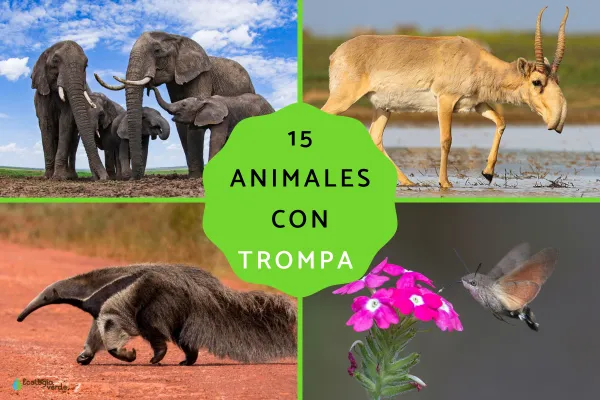
In biological terms, a trunk is an elongated, flexible appendage derived from the head. Scientifically, it's called a proboscis—a term from Greek roots “pro” (in front) and “bosko” (to feed), reflecting its primary function: feeding.
However, across different species, proboscises have evolved to serve many functions:
Breathing
Feeding or sucking nectar
Sensing and communication
Digging for food
Grasping objects
Defense or fighting
Depending on the species, the morphology and purpose of the trunk vary greatly. Let’s explore the diversity of these fascinating adaptations.
The elephant’s trunk is a muscular fusion of the upper lip and nose, packed with thousands of nerve endings and muscle units, making it highly flexible and sensitive. Elephants use their trunks to:
Grasp food and water
Drink and transfer water to the mouth
Smell distant food or threats
Communicate through vocalizations
Breathe while submerged in water
Fight during mating competitions
Their trunk is even capable of suction, allowing them to pick up flat objects with surprising precision.

Over time, moose evolved a flexible upper lip by losing the hairless skin around the nose (called the rhinarium). This enhances their ability to forage in wetlands, where vegetation is submerged or partially hidden. It also improves their sense of smell, compensating for their poor eyesight.
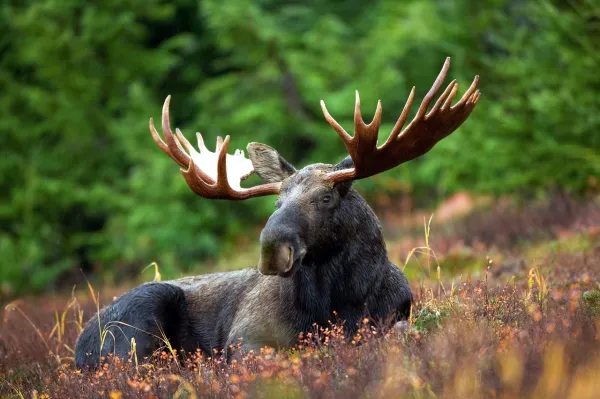
Its elongated snout, or proboscis, contains both the mouth and nostrils at the tip. It houses a long, sticky tongue used to capture ants and termites inside nests and mounds.
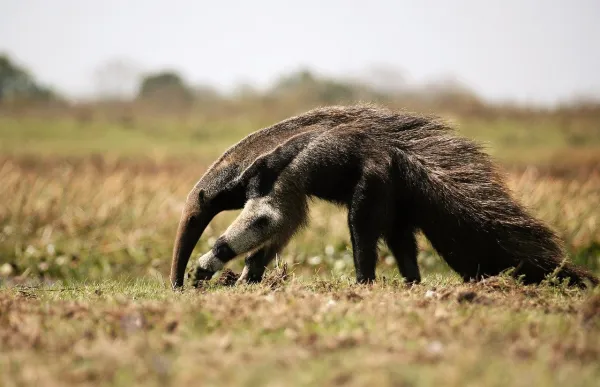
Native to Central Asia, this antelope has a large, downturned nose covering its mouth. Internally, its proboscis has hair, glands, and mucous membranes that help:
Warm cold air during harsh winters
Filter dust during dry summers
These adaptations are crucial for survival in extreme climates.
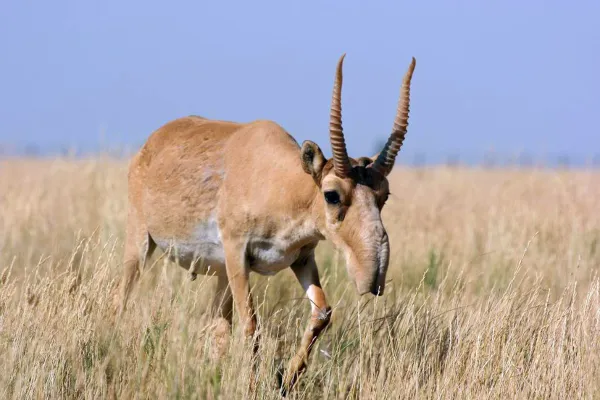
This moth, found in southern Europe and parts of Asia and Africa, has a long, coiled proboscis that can unroll mid-flight to suck nectar from flowers. Like hummingbirds, it can hover and fly backward, thanks to its wing structure and trunk mobility.
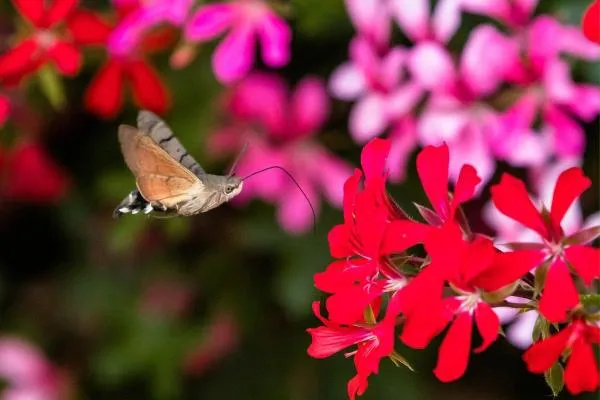
Some nemertean worms in the Enopla group have a branched, venomous proboscis used for hunting. It stabs prey with toxic stylets, paralyzing them before capture. These worms inhabit all continents except Antarctica and thrive in tropical and subtropical soils.
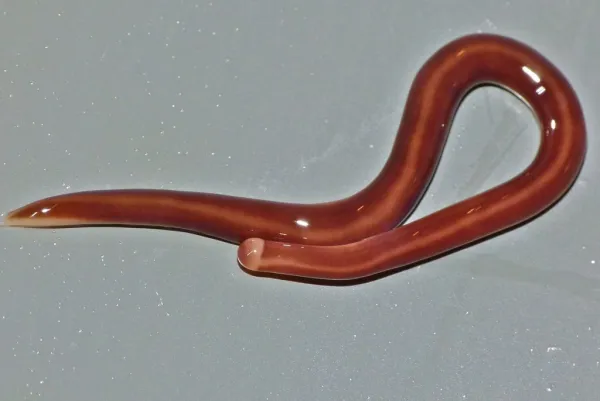
Tapirs have a short, flexible trunk formed by the fusion of their nose and upper lip. This prehensile organ allows them to grasp branches, pluck leaves, or pick fruit. The Malayan tapir has the longest trunk among tapir species and is currently endangered.
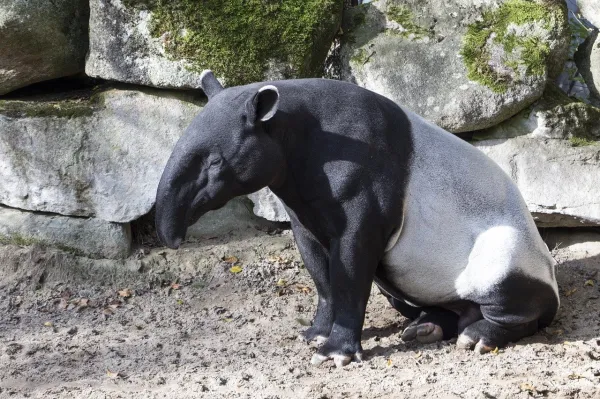
Despite their name, elephant shrews are more closely related to elephants than to rodents. They have a long, flexible snout and use their front limbs and nose to clear paths in soil, which attracts insects—their primary food source.
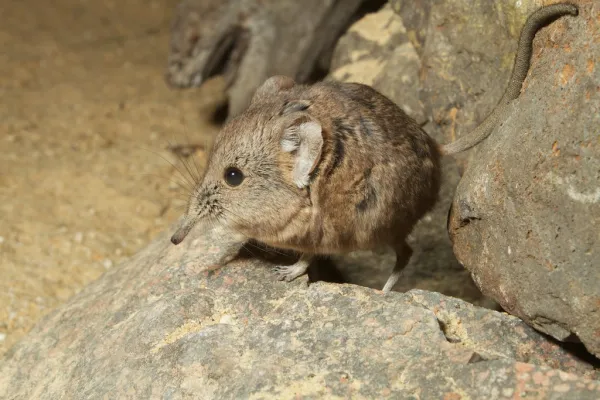
Only male elephant seals develop a trunk, which inflates during the breeding season to produce deep, resonant roars that intimidate rival males. The trunk also helps retain moisture, a useful adaptation for life on dry land.
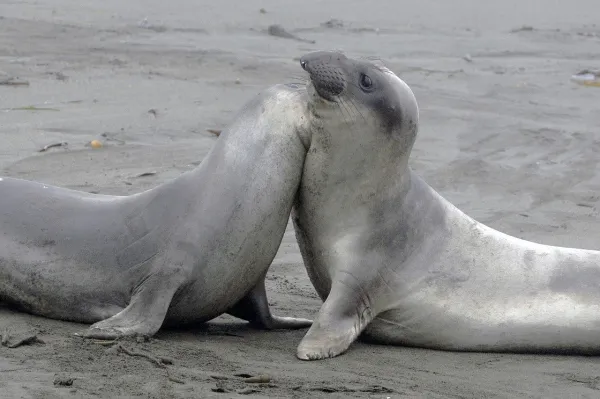
This nocturnal mammal from Africa has a narrow, tubular snout at the end of its long face. It uses its keen sense of smell and powerful claws to dig into termite mounds. While digging, it can close its nostrils to block dust.
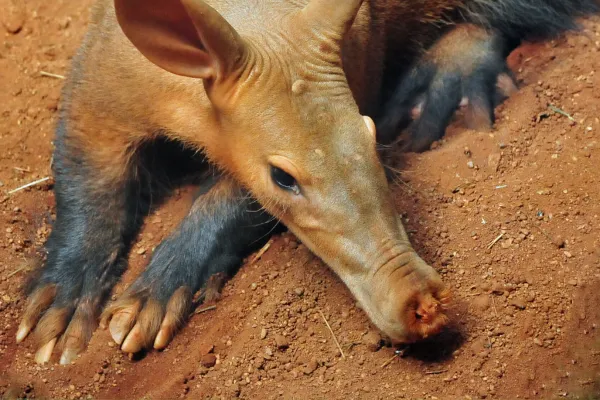
Beyond the main ten, here are other animals with unique trunk-like features:
Famous for its oversized nose, especially in males. The larger the nose, the more attractive it is to females. The nose also amplifies calls and aids in communication.
A primitive marine animal with a snout-like head extension used to filter sediment and organic matter from the sea floor.
Their snout is muscular and disc-shaped, allowing them to dig for roots and tubers. It also plays a role in communication and scent marking.
A small insect with a long, curved rostrum (snout) used to drill into acorns and lay eggs inside.
A wild pig from Indonesia with a slightly extended snout and spectacular upward-curving tusks, used for combat and display.
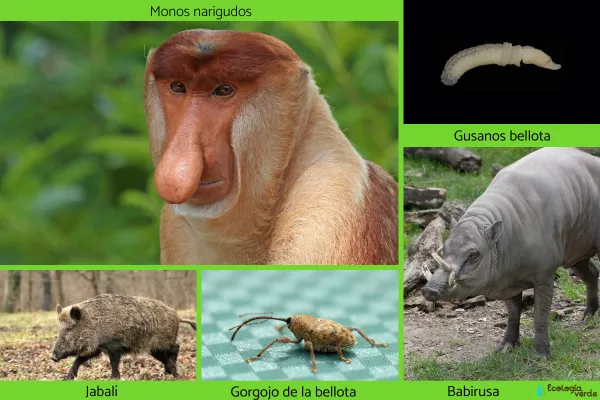
From the massive elephant to tiny insects like moths and weevils, nature shows us the incredible diversity and ingenuity behind trunk-like structures. Whether used to suck nectar, grasp food, dig in soil, or intimidate rivals, the trunk—or proboscis—is a perfect example of adaptive evolution at work.
If you enjoyed this article, you may also like:
[Why Elephants Are Endangered]
[Tapir Species and Conservation Efforts]
[Weirdest Animal Adaptations You’ve Never Heard Of]
Referencias
Purkart, L., Tuff, J. M., Shah, M., Fritsch, G., Hildebrandt, T., Brecht, M. (2022) Trigeminal ganglion and sensory nerves suggest tactile specialization of elephants. Visto en https://doi.org/10.1016/j.cub.2021.12.051
Andrew Schulz, Jia Ning Wu, Sung Yeon Sara Ha, Greena Kim, Stephanie Braccini Slade, Sam Rivera, Joy S. Reidenberg, David Hu. Suction Feeding by Elephants. Volume 1
Bibliografía
Zhou, Xiaohua & Zhang, Shengli. (2013). Manipulate the coiling and uncoiling movements of Lepidoptera proboscis by its conformation optimizing.
Santino Pagano, A., Laitman, J. T., Albertine, K., Marquez, S. (2019). Evolution of the proboscis in the moose, Alces alces: Evidence from Morphology and Ecology. Disponible en: https://doi.org/10.1096/fasebj.2019.33.1_supplement.767.19
Shoshani, Jeheskel (Hezy). (2021). Elephant. Encyclopedia Britannica. Disponible en https://www.britannica.com/animal/elephant-mammal
San Diego Zoo. Disponible en: https://sandiegozoowildlifealliance.org
animal tags: Trunks Animals
We created this article in conjunction with AI technology, then made sure it was fact-checked and edited by a Animals Top editor.